How to Hit Your Daily Protein Intake to Reach Your Fitness Goals
Are You Hitting Your Protein Intake Goals?
Are you hitting your protein intake goals? Let’s talk about it. Whether you’ve been working out for a long time or just getting into your gym girlie era, you’ve probably heard a lot of talk about protein. And for all the right reasons. Protein is the building block of muscle and is vital in building and repairing your muscles. So, how much protein do you need to consume? And how do you hit those protein goals? Here, we’ll cover why protein is so important, how much protein you need based on your goals, how to hit your protein intake goals, and protein supplementation. So, let’s raise a shaker cup to fueling your muscles and reaching your fitness goals!

Why Protein Matters in Fitness
Protein is the building block of muscle. It fuels muscle growth and repair, making it especially important for those hitting the gym regularly or those trying to build and maintain muscle. Studies show that a diet high in protein and strength training contributes to greater strength and muscle mass and helps preserve muscle even when calories are lowered, as in the case of weight loss efforts or age-related muscle loss. Protein also boosts metabolism, aiding in weight management by helping the body burn calories more efficiently. Finally, protein is extremely satiating, meaning it keeps you feeling full longer, which can help reduce cravings and the need for snacking and overeating.
How To Determine Your Protein Intake
The recommended protein intake for active adults looking to build muscle is between 0.7-1.10 grams per pound of body weight or lean body mass. This means if you are 130 pounds you should be consuming anywhere between 90-140 grams of protein on a daily basis. If you have a significant amount of weight to lose, you can base your goals on your ideal body weight. For reference, 2 large eggs contain about 12 grams of protein, while 4 ounces of cooked chicken breast contains about 30 grams. But we’ll cover ways to get more protein in the next part.
For help determining the appropriate protein requirements for your specific goals (weight loss, building muscle, maintaining muscle, etc.) check out this Optimal Protein Intake Guide featured on Examine.com.
Ways to Incorporate Protein Into Your Diet
The best way to incorporate protein in your diet is by consuming whole foods. Below is a list of common high protein foods, and their protein content based on a 100 gram/3.5 ounce serving.
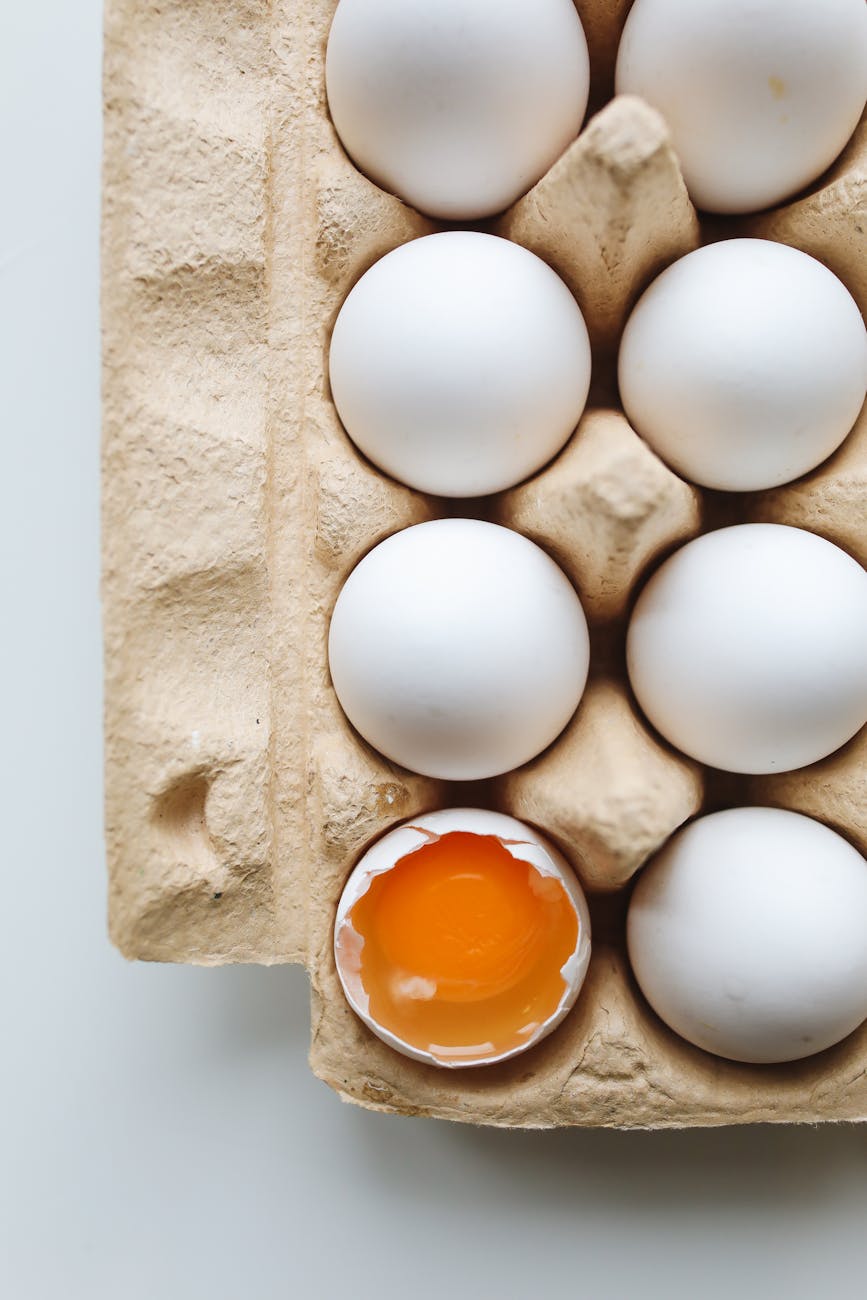
- Chicken breast (skinless, cooked): 32 g
- Turkey breast (skinless, roasted): 30 g
- Beef roast (roasted): 28 g
- Pork roast (roasted): 27 g
- Ground beef (fat content not specified, cooked): 26 g
- Salmon (baked or broiled): 25 g
- Halibut (cooked, dry heat): 23 g
- Tilapia (cooked, dry heat): 26 g
- Cod (cooked): 20 g
- Pollock (cooked): 19 g
- Canned tuna (light, in water): 19 g
- Shrimp (baked or broiled): 17 g
- Whole wheat flour (unenriched): 15 g
- Eggs (no oil or fat added): 12 g
- Cottage cheese (low fat, low sodium): 12 g
- Edamame (cooked): 12 g
- Greek yogurt (whole milk, plain, about one-third cup): 9 g
- Lentils (dried): 9 g
- Chickpeas (canned, no fat): 8 g
- Tofu (soybean curd): 7 g
*List From: Verywellhealth.com
How to Balance Protein Intake Throughout the Day
Let’s say your daily protein intake is 125 grams, and you eat 4 meals a day. The best way to hit your protein intake is to divide the 125 grams evenly amongst each meal. This means you would aim to have about 32 grams of protein in each meal. By splitting the protein evenly across each meal, you ensure your meals are balanced and that you are not coming up short at the end of the day.
What About Protein Supplements?
Protein shakes and supplements are a great way to add extra protein to your diet. They are super convenient and easy to add to smoothies, yogurt, pancakes, or simply mix with water or milk and go.
Some things to consider when choosing a protein supplement:
Type of protein (whey, casein, plant-based (pea, brown rice, soy, etc.):
Typically whey protein is considered the gold standard for building muscle and preventing muscle loss because it contains all essential amino acids. However, there are great plant based alternatives for people who can’t tolerate whey protein due to lactose intolerances/sensitivites.
Other Ingredients:
You want to choose a supplement that has as few additives and extra ingredients as possible. Try to avoid added sugars and artificial sweeteners as much as possible.
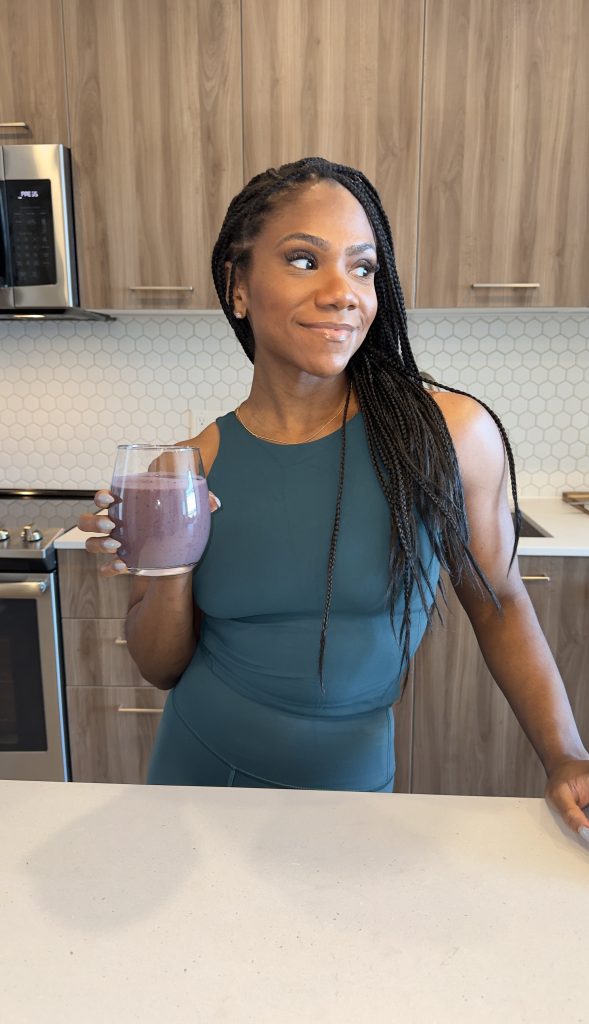
A few of my favorite clean protein brands:
Promix Nutrition: I usually opt for their unflavored grass-fed Irish whey protein. This formula is a single-ingredient formula, meaning it has no other ingredients, so it doesn’t bother my stomach. I like that it’s unflavored, so it mixes well with food. I add it to smoothies, oatmeal, yogurt, and pancake batter for an extra protein boost. They also offer a plant-based formula.
Transparent Labs: I usually opt for their vanilla grass-fed whey. Similar to Promix, their protein has minimal ingredients and tastes great. They also have a plant-based option.
Truvani: This is my go-to plant-based protein. The ingredients are super duper clean, and they have amazing flavors. I love using this protein for thick, hearty smoothies and protein pancakes.
Prioritize Your Protein!
Protein is truly essential to reaching your fitness goals. Whether you’re striving to build muscle, manage weight, or simply lead a healthier lifestyle, ensuring adequate protein intake is key. So, next time you’re planning your meals or reaching for a snack, don’t forget to prioritize your protein! And if you have any additional questions, don’t hesitate to reach out!

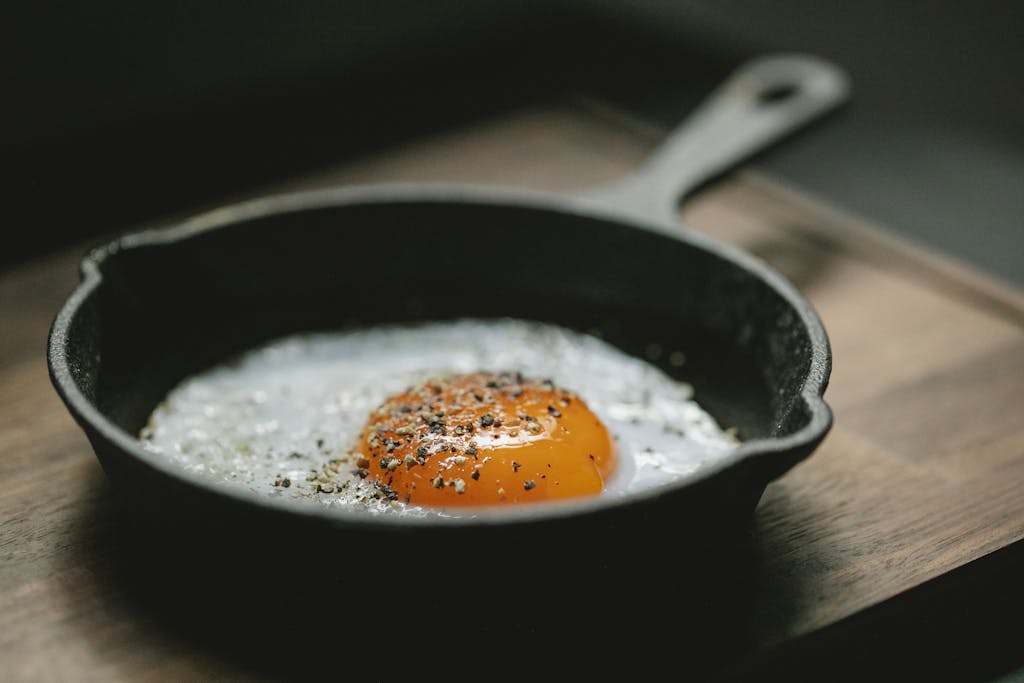


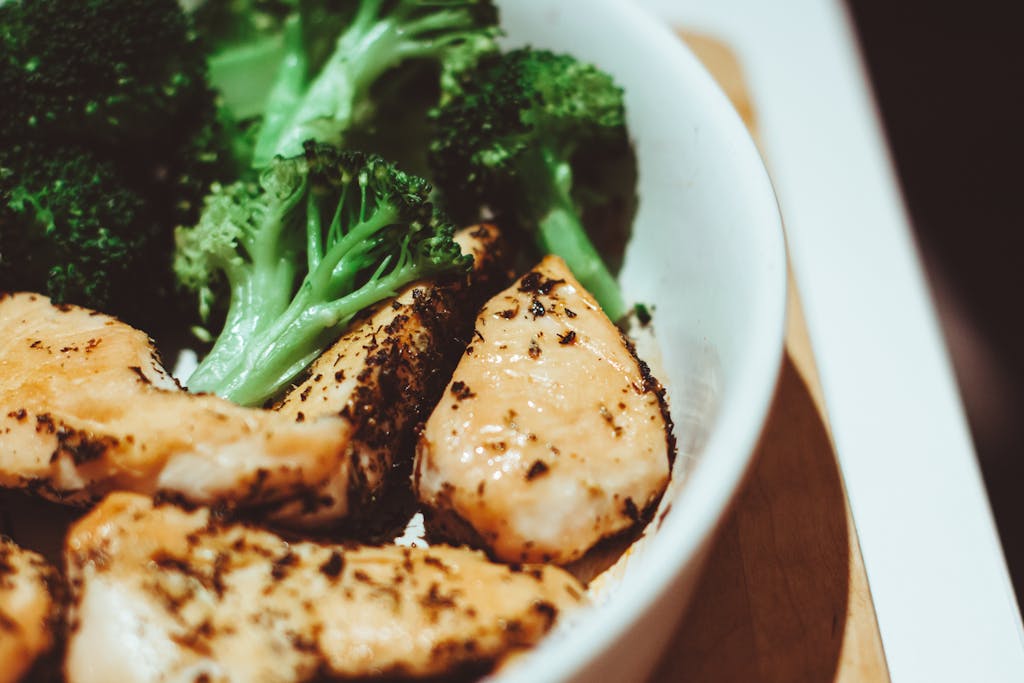


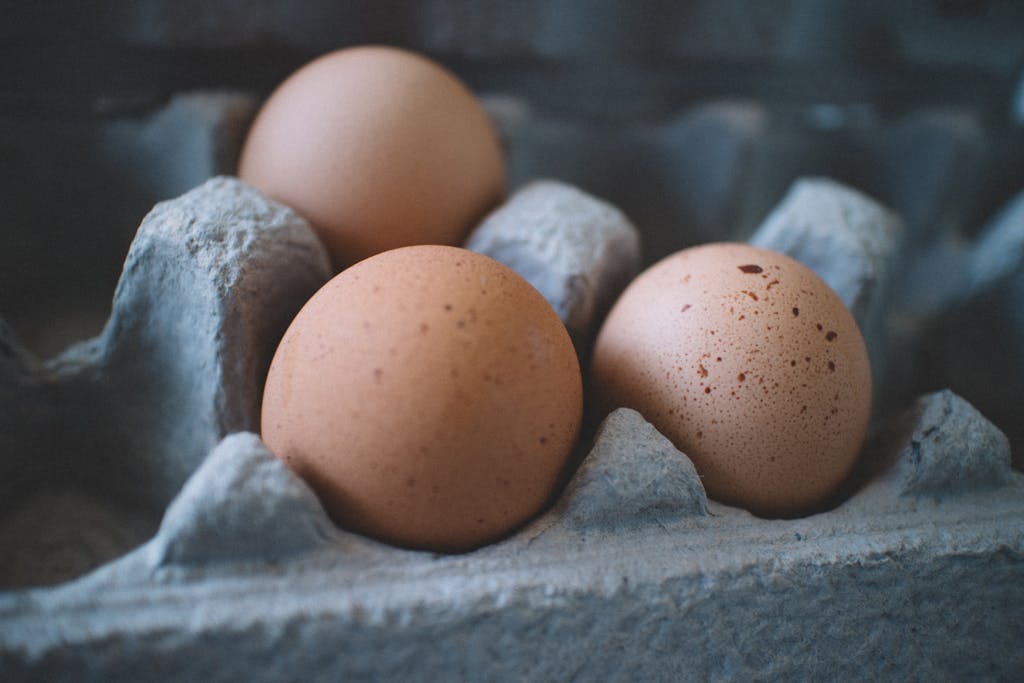

Thanks for sharing your thoughts. I really appreciate your efforts and I will be waiting for your further write ups thank you once again.
arusak-attestats24.com
Pretty! This was a really wonderful post. Many thanks for supplying this information.